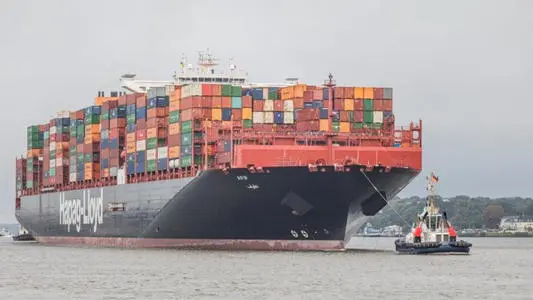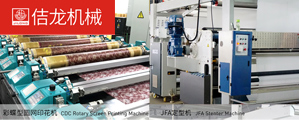COVID-19 impacts textile machinery shipments across the world
Jun 28, 2021 | by Zhao Xinhua

Experiencing a complete knockout due to the pandemic outbreak, the global textile machinery market slumped 30 percent in 2020. Shipments of all types of textile machines including spinning, texturing, weaving, knitting and finishing machines declined during the year. As the 43rd annual International Textile Machinery Manufacturers Shipment Statistics released by the International Textile Manufacturers Federation (ITMF) show, shipments of finishing machines declined 17 percent on average.
In this segment, the largest decline was witnessed in the shipment of knitting machines which declined by 53 percent while the shipment of draw-texturing spindles declined 30 percent and those of shuttle-less looms shrunk by 16 percent. An exception in this segment were large circular machines whose shipments increased by 13 percent.
Short-staple spindles shipments decline 3.3 million
In the spinning machinery category, shipment of short-staple spindles fell by about 3.3 million units in 2020 to 3.63 million units. Around 88 percent of short-staple spindles were shipped to Asia and Oceania, which however saw a 50 percent decline in shipments from the last year. The six largest importers of short-staple spindles during the year were: China, India, Turkey, Pakistan, Bangladesh, and Uzbekistan.
China emerges largest importer of open-end rotors
The second largest shipment in spinning machinery during the year was witnessed in open-end rotors with around 422,000 units. This was however, 151,000 units less than those exported in 2019. Around 83 percent of rotors were exported to Asia and Oceania with Turkey, and Pakistan emerging world’s second and third largest importers of open-end rotors after China. Import by these two countries increased 290 percent and 42 percent respectively.
Driven by a fall in deliveries to Asia and Oceania, global shipment of long-staple (wool) spindles decreased 46 percent from about 40,000 in 2019 to nearly 22,000 in 2020. Around 80 percent of these shipments were directed to Iran, Turkey, and Italy.
Asia, Oceania dominate texturing machines import
In the texturing machinery category, shipments of single heater draw texturing spindles decreased 36 percent from nearly 26,000 units in 2019 to 16,000 in 2020. Asia and Oceania were the largest importers of spindles with a share of 89 percent. Shipment of double heater draw-texturing spindles decreased 30 percent to 325,000. China was the largest importer of these spindles with around 78 percent imports.
Asia imports 98 percent weaving machinery
In 2020, worldwide shipments of shuttle-less looms decreased 16 percent to 112,000 units. In this, the shipments of ‘air-jet’ and ‘rapier and projectile’ declined -3 percent to 29’337 units and -15 percent to 21’542, respectively. The delivery of water-jet looms decreased by -21 percent to 61’483. The main importers of shuttle-less looms in 2020 were Asia and Oceania with 94 percent of imports.
In total, Asia and Oceania imported world’s 98 percent, 93 percent of water-jet, air-jet and rapier/projectile looms responsible. China was the largest importer of all three types of machines with 74 percent of total global imports.
Shipment of circular knitting machines grow, flat machines decline
Against the rest of machines, global shipments of large circular knitting machines grew by +12 percent to 30’231 units in 2020. Asia and Oceania were the largest importers accounting for 81 percent of wordwide shipments.
In Asia, China was the largest importers accounting for 62 percent imports. The country imported 15,980 units of knitting machines during the year, followed by India with 2,433 units and Turkey 2,381 units, respectively.
In 2020, global shipments of electronic flat knitting machines decreased -52 percent to around 66,000 units. The main importers were Asia and Oceania with China’s imports amounting to 38 percent of global shipments. However, compared to 69,000 last year, China’s imports dropped to 17, 000 units this year.
Source: fashionatingworld.com








